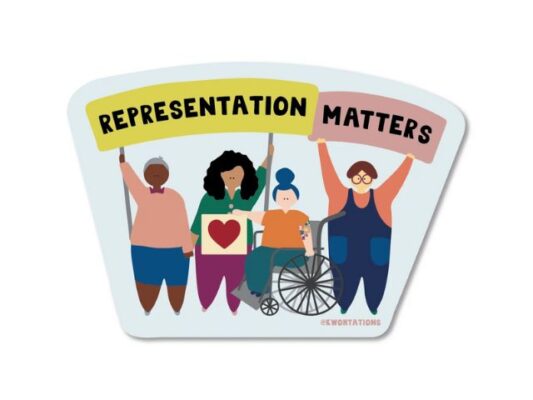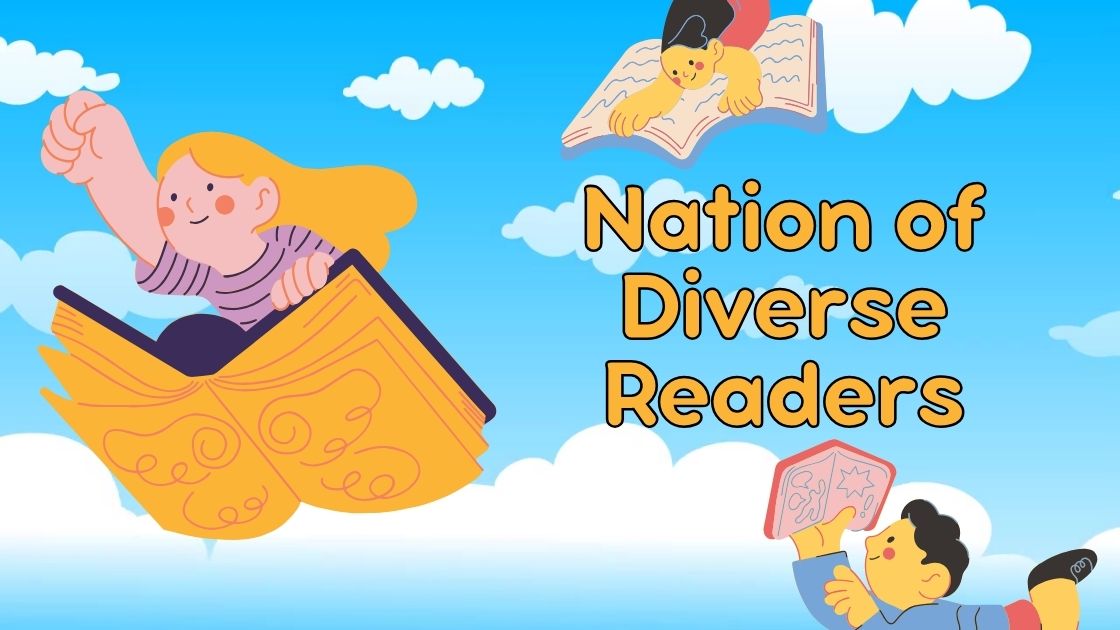In the field of education, one of the most significant challenges we face is cultivating a genuine love for reading among students. Despite our efforts, statistics reveal a stark reality: a staggering 63% of students are reading below their expected grade level. The 2019 National Assessment of Educational Progress (NAEP) underscored this issue, highlighting that only 34% of eighth graders are proficient in reading. This achievement gap is particularly glaring between students attending high-poverty schools and their counterparts in low-poverty schools.
Addressing this challenge requires a concerted focus on equity, diversity, and access. Educators understand the imperative of ensuring that every student feels not just seen, but valued and included in their academic journey. So, how do we bridge this gap and cultivate a reading culture that embraces everyone?
One pivotal strategy is the deliberate curation of diverse content libraries within our educational institutions. Let’s delve into why this approach holds such importance:
1. Reflective, Insightful, and Expansive Narratives

In her seminal work, “Mirrors, Windows, and Sliding Glass Doors”, Rudine Sims Bishop introduced a powerful analogy: books serve as mirrors, windows, and sliding glass doors.
- Mirrors: Students require literature that mirrors their own realities and experiences. When they encounter characters who reflect their identities, it affirms their sense of self and belonging.
- Windows: Books act as windows, offering glimpses into worlds vastly different from their own. Exposure to diverse cultures, perspectives, and backgrounds fosters empathy and broadens their understanding of the world.
- Sliding Glass Doors: Literature enables students to step into uncharted territories, immersing themselves in narratives beyond their immediate circumstances. These sliding glass doors unlock pathways to empathy and connection.
2. The Significance of Representation

Representation is not merely about visibility; it’s about empowerment. For students from marginalized communities—be they Black, Hispanic, Asian, Indigenous, or others – encountering stories that authentically reflect their lives is profoundly empowering. Such narratives not only engage them academically but also validate their experiences, nurturing a sense of pride and self-worth.
3. Cultivating Empathy Through Literature

The impact of a compelling narrative transcends the confines of its pages. When students encounter characters from diverse backgrounds, they embark on empathetic journeys, traversing the landscapes of others’ lives. These literary voyages cultivate compassion, helping students develop a deeper understanding of people whose experiences differ from their own.
4. Fostering Inclusive Communities Through Shared Stories

Reading diverse literature serves as a powerful catalyst for building inclusive communities within educational settings. It reinforces the principle that every member of the community – regardless of race, ethnicity, socio-economic status, or ability – brings value and richness to the collective narrative. Through shared stories, diversity becomes not just a concept but a lived reality, fostering unity amidst diversity.
As educators, let us champion the cause of diversity in literature, celebrating the multifaceted tapestry of human experiences. By embracing cultural richness and promoting inclusivity in our reading materials, we not only enhance literacy skills but also nurture empathetic, enlightened individuals who appreciate the beauty of our wonderfully diverse world.
Thanks for reading our article about Read Across America. Don’t forget to read more related posts on our website.
Related Posts







